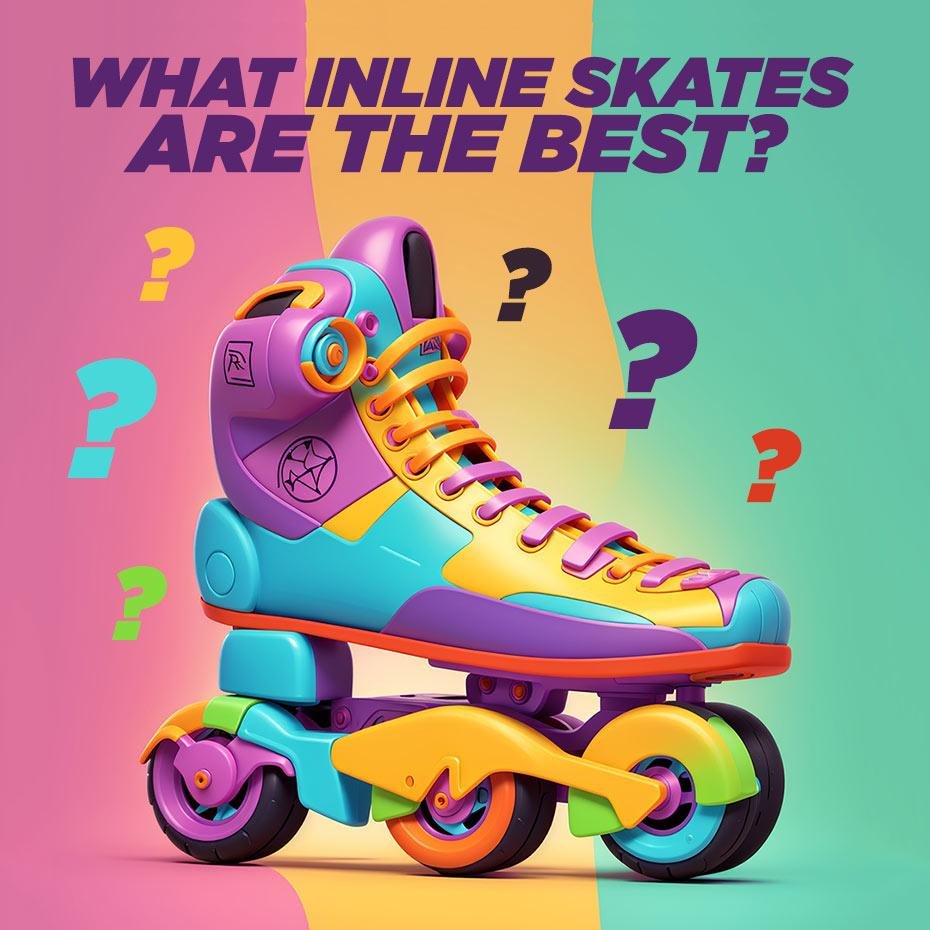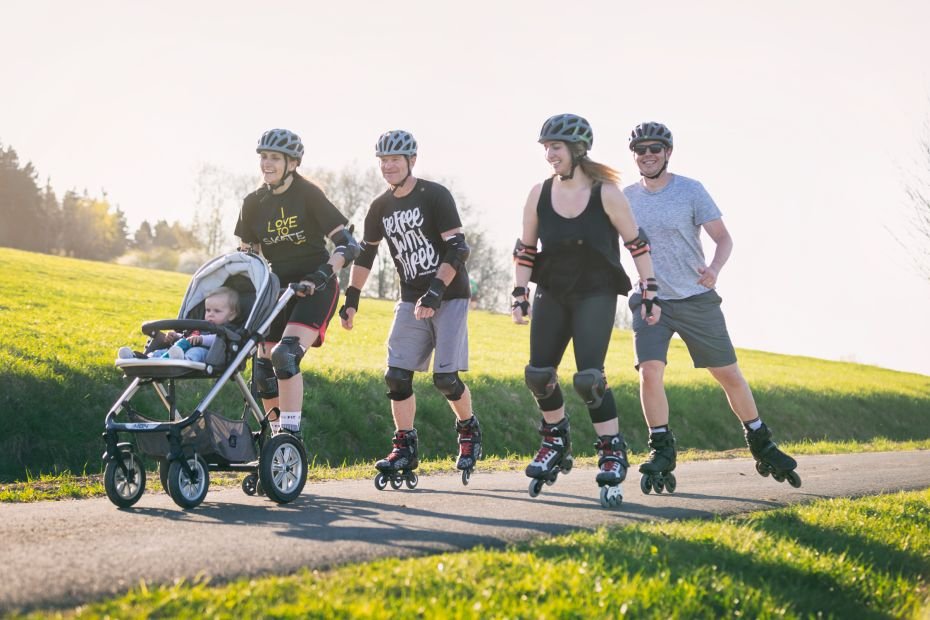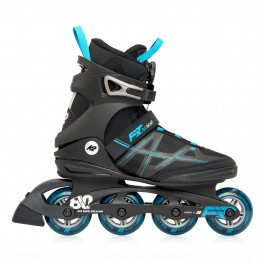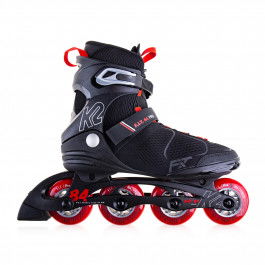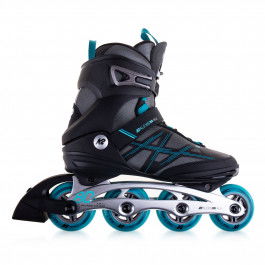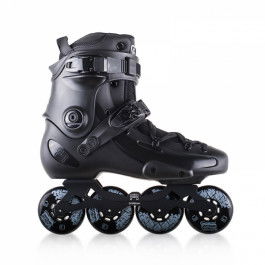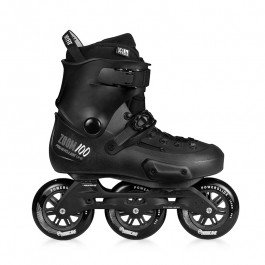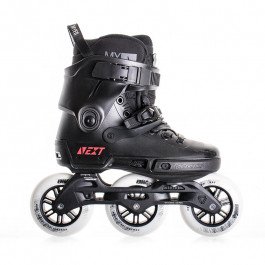What inline skates to buy? How to choose the right inline skates for yourself? Which inline skates will be the best?
Inline skating is not only a great form of physical activity but also a way to improve health, fitness, and relaxation. In this article, we will help you choose the perfect inline skates for your needs.
Where to start when choosing inline skates?
At the beginning of the inline skate selection process, it's crucial to understand that just as different bicycles are designed for different disciplines, different inline skates are made for various styles of skating. There are no universal inline skates that are perfectly suited for all activities, such as marathons, performing tricks on rails/walls and in skateparks, or off-road skating. Each inline skating discipline has specific characteristics that are reflected in the design of the appropriate equipment
Before choosing inline skates, define their purpose and your plans related to skating.
Below we present the most popular types of inline skating. It is crucial to choose a discipline that matches your skills and needs in order to find the perfect inline skates for yourself.
Recreational Skating:
- Occasional and hobbyist activity.
- Relaxing rides through parks and designated paths.
- Gentle, without high speeds, jumps, or dynamic braking.
Fitness Skating:
- A more intense form of recreation, often referred to as 'cardio on inline skates.'
- Regular training sessions involving dynamically covering long distances.
- Ideal for those who want to skate faster and further and are focused on physical fitness.
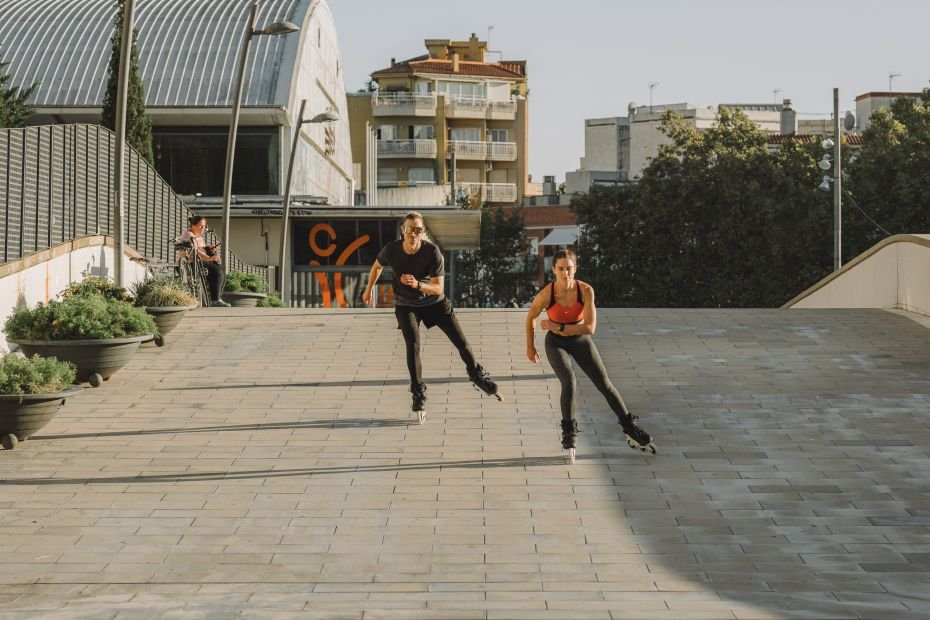
Urban Skating:
- A dynamic and slightly more extreme form of skating.
- Skating through the city, overcoming various obstacles.
- Descending stairs, jumping, sliding, quick turns, and intense braking.
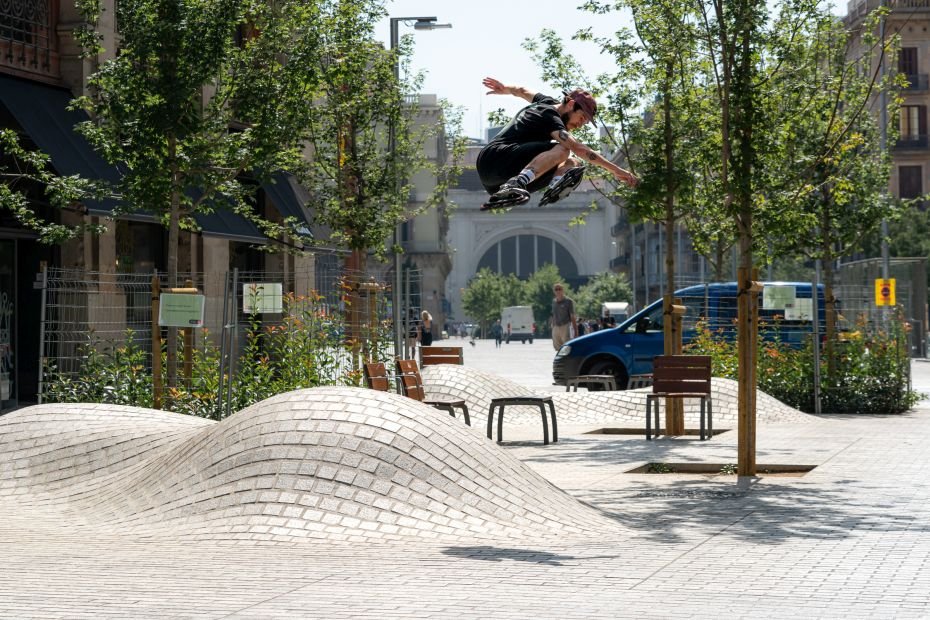
Aggressive Skating:
- The most extreme form, involving tricks on ledges, rails, and in skateparks.
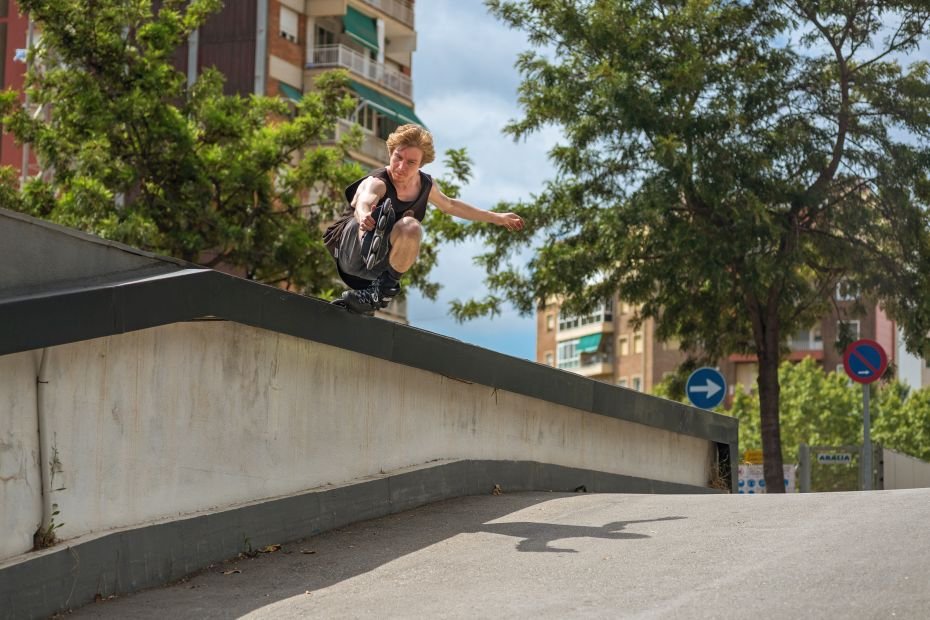
Freestyle Slalom:
- Artistic skating and performing tricks between cones.
- Safe and creative.
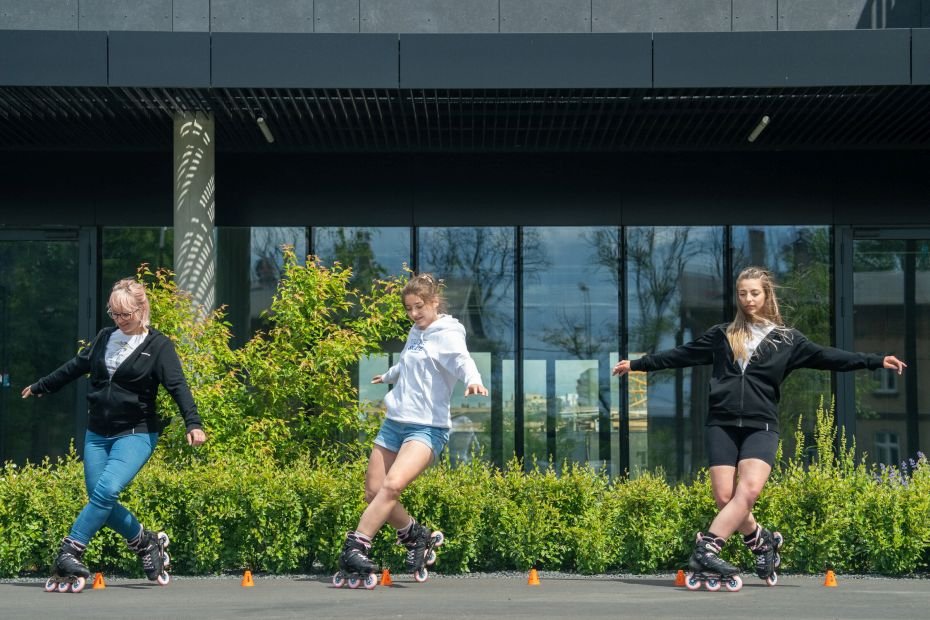
Additionally, there are other types of inline skating, such as roller hockey, speed skating, artistic skating, and off-road skating. However, for those who are just starting their journey with inline skates, the above-described disciplines provide a foundational base for development and finding their own variant of inline skating.
Why is choosing the right type of inline skates so important?
The choice of skates should be tailored to the planned activity:
Recreational Inline Skates:
- Lightweight, with small wheels (76mm-84mm or potentially 90mm for three-wheel skates) and a low center of gravity.
- Flexible softboot type for comfort and reduced weight.
- A great choice for beginner skaters.
- Dedicated to calm recreational skating.
Among the tested models for recreational skating, we can certainly recommend:
- K2 Alexis
- K2 F.I.T.
- Rollerblade Zetrablade
- Rollerblade Macroblade (4x80mm and 4x84mm wheels)
- Powerslide Phuzion Radon
- Powerslide Phuzion Xenon
- Powerslide Phuzion Mercury
Fitness Inline Skates:
- Higher-end equipment with a stiffer boot and frame.
- Larger wheels than recreational skates (above 84mm in diameter), providing faster skating.
- Intended for individuals with experience in the sport; for dynamic skating and learning.
- Exclusively dedicated to fitness skating.
For fitness inline skates, it is worth paying attention to the following models:
- Powerslide Phuzion Krypton
- Powerslide Phuzion Argon
- Powerslide Swell
- Powerslide Pheme (women skates only)
- K2 VO2
- K2 Trio
- Rollerblade Macroblade (4x90mm and bigger wheels)
- Rollerblade Maxxum
Recreational and Fitness Inline Skates - The Perfect Choice for Beginners
Recreational and fitness inline skates are an excellent choice for those starting their skating journey.
Designed for:
Relaxing rides in the park and covering longer distances.
Skating on designated paths with family and friends.
Key Features:
These types of skates are designed with beginners in mind, offering ease of use.
The priority is comfort, ventilation, and enjoying the ride right out of the box.
With the presence of a brake and design that enhances safety, they increase the sense of security and confidence for beginner users.
Are there the best and universal inline skates for everything?
There is no one universal type of skates that is perfect for every activity and everyone, but some models are very versatile:
Urban Inline Skates with a 4-wheel frame:
- They work well for learning to skate, jumps, slides, amateur hockey play, and simple slalom tricks.
- They feature a hard shell for increased stability and protection.
- A short frame and small wheels (76mm-84mm) provide high maneuverability, making them ideal for both learning to skate and other inline skating disciplines.
NOTE: Most urban inline skates do not come with a brake in set, which can be important for beginners. However, a brake can be easily purchased separately, or you can take advantage of inline skating schools to quickly master braking techniques without using a brake.
One of the significant advantages of urban skates is their versatility, which arises from the ability to use various replacement parts such as liners, buckles, and frames. This allows users to easily customize the skates to their growing skills and preferences.
Urban skates are a versatile choice that enables the exploration of different inline skating styles, adapting to changing user needs and skills.
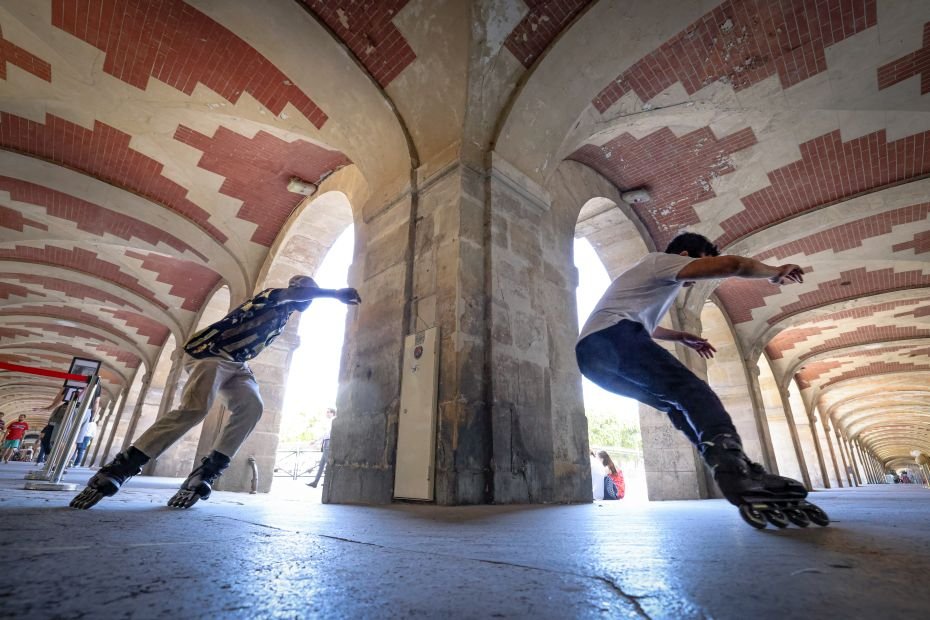
Are urban inline skates the best choice for everyone?
Absolutely not. Urban inline skates, despite their versatility, have specific characteristics that may not suit everyone:
Characteristics of urban inline skates:
- Hard shell, typically produced in every two sizes.
- Variety of models and liners (inner boots) and different widths of plastic boots. These factors significantly affect the difficulty of finding inline skates that are a perfect fit for the user's foot.
Comparison with recreational/fitness inline skates:
- Urban inline skates are heavier than most recreational and fitness models.
- Urban inline skates generally require several hours of skating to allow the inner boot (liner) to mold to the foot, while recreational skates, thanks to their flexible material on the arch, are comfortable from the beginning.
- Most urban inline skates can be personalized by replacing almost all components.
- Recreational and fitness inline skates have integrated inner boots (liners) with better ventilation, while urban skates have fully removable liners.
If you have the opportunity, especially if you plan to develop your skills, it's worth trying on urban inline skates. You can find the perfect model for yourself, and the stability and functionality of this equipment may convince you to make the purchase.
Remember that choosing the right inline skates depends on individual needs and preferences.
If you decide to go for this type of inline skates, familiarize yourself with the range of proven models - we especially recommend the four-wheel versions, which are more stable (with a low center of gravity), maneuverable, and more versatile than models with three larger wheels:
- Powerslide Zoom
- Powerslide Imperial
- Powerslide Storm
- Powerslide Next
- Seba E3
- Rollerblade RB
- Rollerblade Twister Edge
- Rollerblade Ligthning
- K2 Surge
- K2 Grid
- FR FR
Are there other inline skate models that could be the best choice for me?
Recreational, fitness, and urban inline skates are often considered the most accessible, especially for beginners in inline skating. Here's key information why:
- Low and optimal weight.
- Maneuverability while maintaining ride stability.
- Low center of gravity.
- Affordable price.
Most other models available on the market are specialized inline skates designed for a specific inline skating discipline. They are characterized by specific features that are often not recommended for beginners:
- Aggressive inline skates: Heavier boots than urban skates, equipped with a soulplate and very small (64mm and smaller) wheels.
- Slalom inline skates: Super stiff boots usually made of carbon, fiberglass, or rigid composite, equipped with a short frame with a 'banana' shape to increase maneuverability when performing tricks between cones, at the expense of stability and speed.
- Speed inline skates: Boots with a low cuff for ankle support, a thin and stiff padding, and large wheels (100-125mm) that allow for high speeds, but at the cost of a high center of gravity and stability.
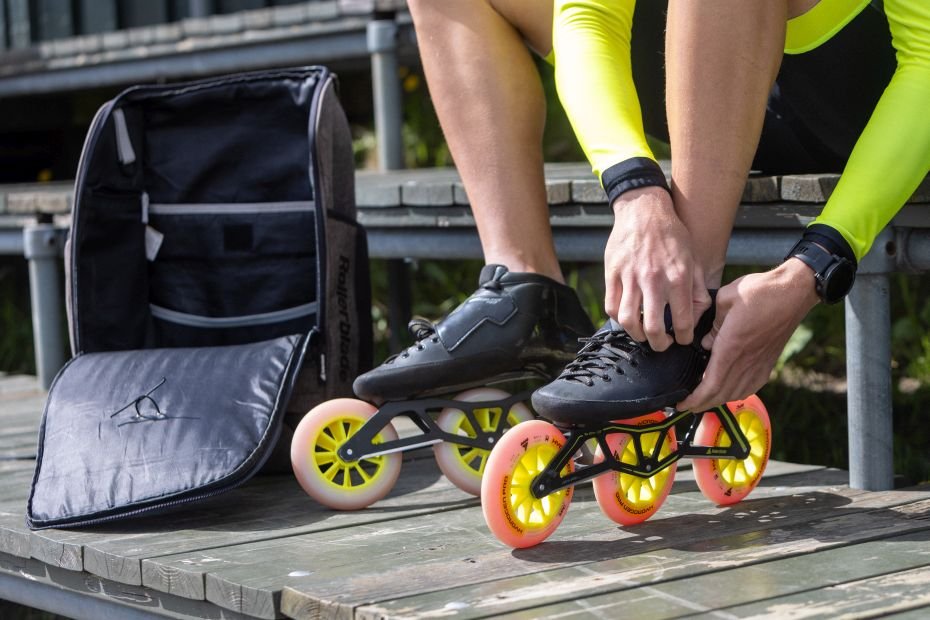
The best inline skates for us are those that are sized and shaped appropriately for our feet and are used according to their intended purpose.
In summary - choose inline skates that are perfect for you:
- Recreational or fitness inline skates - when you're taking your first steps and enjoy spending time outdoors while seeking relaxation while skating in the park or on designated paths. You want to have a good time with family and friends.
- Urban inline skates - when you plan to continually improve your skills and try new things. You enjoy adrenaline, tight turns, dynamic city skating, and you don't turn down a quick game of hockey or a session of slides with friends.
- Aggressive and slalom inline skates, as well as other specialized types - a good choice when you want to dedicate yourself to a specific discipline and achieve the best results, while being aware of the advantages and limitations resulting from the construction of the skates.
What else to consider when choosing inline skates:
- User's weight - heavier individuals should choose skates with a stiffer boot to provide greater stability.
- Foot size - users with larger shoe sizes (44+) should pay attention to the stiffness of the boot (e.g., urban inline skates) and the length of the frame to increase stability.
- Physical fitness - active individuals can quickly master the basics, so it's worth considering skates that offer more development possibilities.
- Other sports disciplines - skiers often prefer stiffer boots similar to those used on the slopes, while long-distance skaters may choose fitness inline skates, and in the future, equipment for speed skating.
- Brand and availability of spare parts - it's worth choosing skates from reputable manufacturers and checking the availability of spare parts such as brakes, buckles, or screws.


